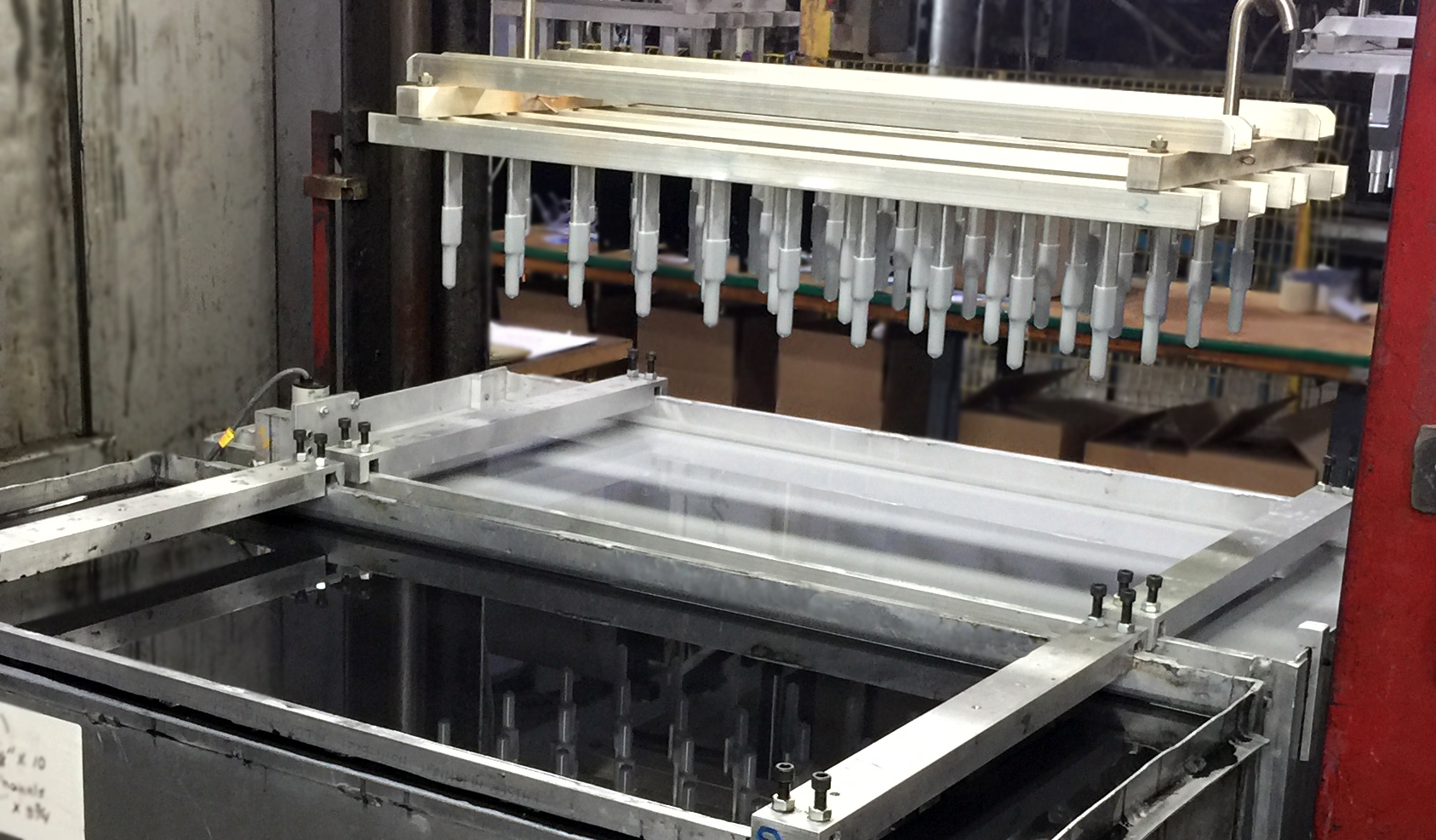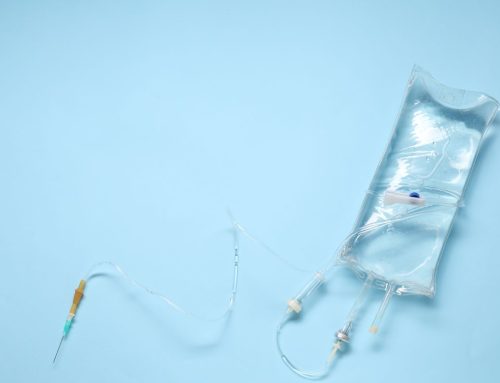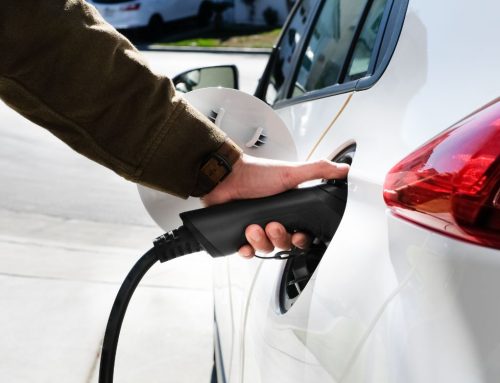Rubber manufacturing is critical in countless industries, from automotive and aerospace to medical and consumer goods. The versatility of rubber, as well as its durability and flexibility, make it an essential material for products and applications in the healthcare, automotive, military, and other industries. As we look toward the future, it’s important to consider the trends and advances in rubber manufacturing that will shape the industry in the future.
According to a report by Markets and Markets, the global rubber processing market is projected to grow from $4.3 billion in 2020 to $5.6 billion by 2025, driven by increasing demand for high-quality rubber products. Here are the latest research and predictions for 2023 and beyond in various rubber manufacturing processes.
Latest Rubber Manufacturing Trends
The continuous push towards greater efficiency, sustainability, and customization is heavily impacting rubber manufacturing at present. Industry players are embracing new technologies and techniques to streamline their operations, reduce waste, and produce products that meet the evolving needs of their customers. Among the most prominent rubber manufacturing trends today are:
3D Printing
3D printing technology is increasingly used in rubber manufacturing, allowing for the production of complex shapes and designs that would have been difficult or impossible to achieve through traditional molding processes. SmarTech Analysis predicts the global market for rubber 3D printing will reach $530 million by 2028. 3D printing also enables more efficient use of materials and reduces waste, making it an attractive option for companies seeking to improve their sustainability.
Automation and Robotics
Automation and robotics are used more frequently in rubber manufacturing to improve production speed, quality, and consistency. Automated systems are also better suited for repetitive tasks, freeing up employees to focus on more complex work.
Customization
As customers demand more personalized and unique products, rubber manufacturers are exploring ways to offer more customization options. One method is digital printing, which applies custom designs and colors to rubber products. Another method is using rubber additives, which enables the creation of one-of-a-kind products.
Sustainability
Sustainability is an increasingly important consideration in rubber manufacturing, according to Grand View Research. Companies are exploring ways to reduce their environmental impact by using more eco-friendly materials, reducing waste, and minimizing energy consumption. The use of recycled materials is also becoming more prevalent in the industry.
Current Advances in Rubber Manufacturing
In recent years, the rubber manufacturing industry has seen significant technological advancements, resulting in streamlined production processes and improved quality and consistency of rubber products. Automation has been a key driver of efficiency and quality improvements. New formulations and additives have been developed to enhance the performance and durability of products, while increased cost efficiencies have helped to reduce costs and increase profitability.
These developments have enabled manufacturers to produce high-quality, cost-effective rubber products that meet their customers’ diverse needs. As the industry evolves and adapts to changing market conditions, we expect to see even more progress in automation, formulation, and cost savings that will drive further innovation and growth.
Future Predictions
The rubber manufacturing industry is expected to continue evolving and advancing in the coming years, driven by various factors, including technological innovations, changing consumer demands, and sustainability concerns. Potential future developments that could impact the industry include a growing interest in using sustainable and eco-friendly materials such as natural or recycled rubber and biodegradable resources.
The use of 3D printing is expected to increase, allowing for more complex and customized products. Adopting artificial intelligence is expected to enable greater control and optimization of the manufacturing process. Collaboration and partnerships between companies and industry stakeholders are on the rise, enabling greater knowledge sharing and innovation.
Poised for Growth
Rubber manufacturing is poised for significant growth in the future, driven by ongoing technological innovations, changing consumer demands, and sustainability concerns. Staying up to date with the latest trends and developments is crucial for companies to remain competitive and meet the evolving needs of their consumers and stakeholders.
At Midwest Rubber Company, we are committed to staying ahead of the curve and leveraging the latest technologies to provide our clients with high-quality, cost-effective rubber products that meet their unique needs. Contact us for more information.



